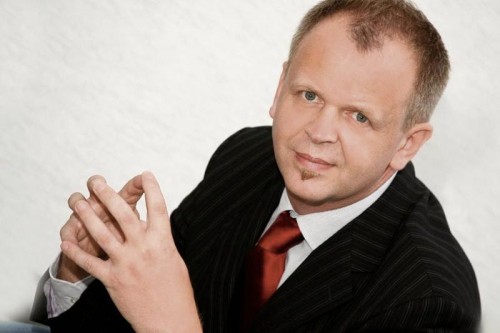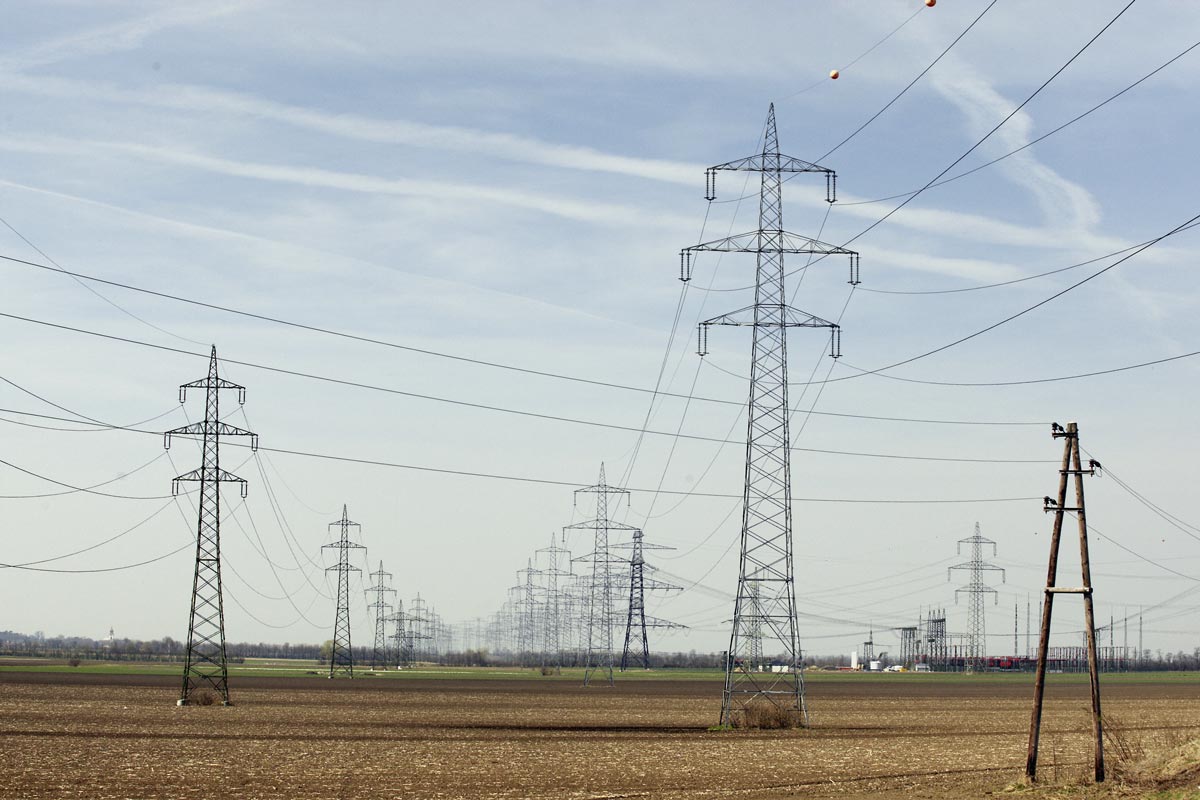In the course of various EU research projects the first few market-driven approaches for virtual power plants have been developed, focussing on trading in selected energy markets. These Virtual Power Plants (VPPs) make use of curtailing aggregated loads, distributed generators and stand-by generation capacities (e.g. back-up power supplies) as resources for services which can be traded in European energy markets. On the other hand there are concepts for technical or grid-driven virtual power plants, where loads and electricity generation are controlled to keep the parameters of the distribution grid within the permitted limits and thus improve security of supply. In most European countries these approaches cannot yet be implemented as successful business models within existing regulatory frameworks.
>> Austria takes part in the EU project eBADGE (AIT Austrian Institute of Technology, Austria Power Grid – APG, cyberGRID and Vienna University of Technology) in which the national power balancing markets in Austria, Italy and Slovenia are being analysed and risks, opportunities and changes in connection with trans-border exchange are being assessed.
www.ebadge-fp7.eu/project-news (Interface intended in hybrid-VPP4DSO)
Further EU projects focusing on VPPs:
www.evolvdso.eu (Interface intended in hybrid-VPP4DSO)
www.fenix-project.org (Focus VPP – similar to hybrid-VPP4DSO)
www.smart-a.org (Focus Demand Response)
Researchers at AIT Austrian Institute of Technology are currently developing a concept for a virtual power plant that combines both grid-driven and market-driven approaches. The hybridVPP merges the advantages of economic and technical VPP solutions into a comprehensive concept. The aim is both to ensure the secure distribution network operation even during massive demand-response activity and to improve the economic viability of technical demand-response solutions for distribution network operation.
The project hybrid-VPP4DSO involves the simulation-based evaluation of operating a virtual power plant as regards impact on the network, the technical-economic simulation of demand-response aggregation and the simulation of suitable business models. Every area of the distribution network is graded in real time in categories ranging from ”not critical” to ”very critical”. In addition, the network operator may request switching measures from the hybridVPP. From this input the hybridVPP calculates possible switching options based on short-term requirements from network operation and electricity trading, and determines the least costly option. Requirements from network operation have priority over those from electricity trading.
After a technical proof-of-concept laboratory test run, the approach is to be tested in actual grid sectors in Slovenia (ELEKTRO LJUBLJANA) and Austria (Stromnetz Steiermark GmbH). The test is coordinated by AIT Austrian Institute of Technology. STEWEAG-STEG GmbH, Elektro energija (Slovenia), Vienna University of Technology – Energy Economics Group, Institute for Energy Systems and Electrical Drives, Jan W. Bleyl, cyberGRID and the Graz Energy Agency are also partners in this project. On top of this, the hybridVPP concept affords the possibility of adapting the business model to country-specific regulatory requirements in various European states.

The customer value of hybrid Smart Grids
“Particularly in urban areas, coupling the grids for electricity, gas and district heating with pioneering technologies locally makes the entire system much more flexible and resilient: just right for core customer needs as regards comfort and security of supply. And providing more local customer-oriented service by means of renewable sources of energy is clearly in line with the overall trend toward sustainability. Together with our project partners we are demonstrating this within the framework of Smart City Graz.“
Mathias Schaffer, Energie Steiermark AG
www.smartcitygraz.at
